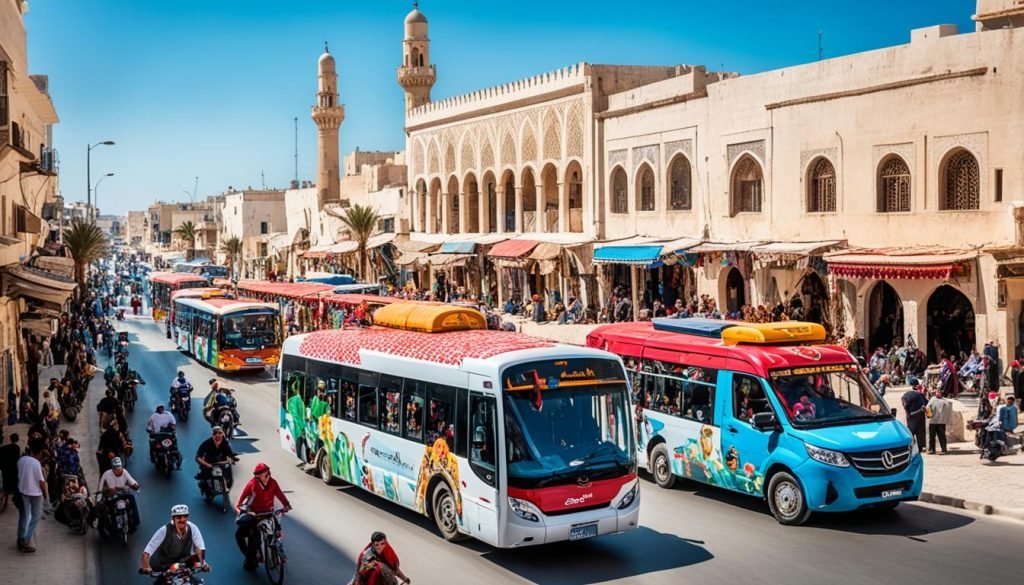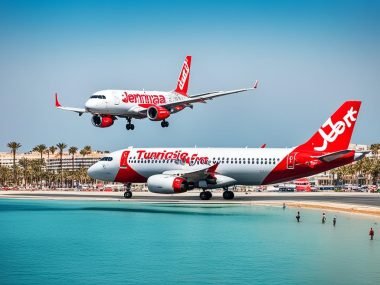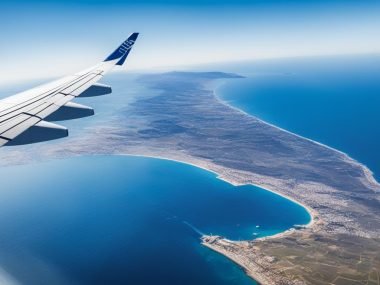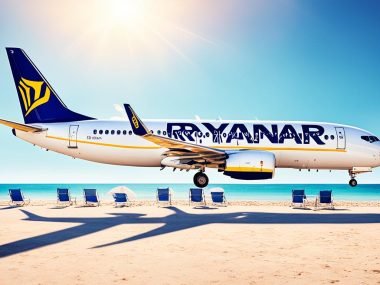I love exploring places full of culture like Tunisia, a North African gem. It has varied landscapes and lots of history. Getting around Tunisia is an adventure. Whether it’s ancient ruins or beaches, this guide tells you about Tunisia’s transport. You’ll learn about planes, roads, and trains here. My tips can help you travel easily and enjoy Tunisia’s beauty.
I’ve found great ways to get around in Tunisia. From Tunis’s busy streets to Sousse’s calm spots, travel is easy. Looking for Tunisia travel tips? You’re in the right spot. Let’s look at how to enjoy traveling in this beautiful land.
Key Takeaways
- Explore diverse Tunisia transportation options for a comprehensive travel experience.
- Master the best way to travel in Tunisia by understanding local and regional transport methods.
- Benefit from travel tips for Tunisia to enhance your journey across this historic land.
- Leverage the Tunisia transport guide for navigating both urban and rural areas smoothly.
- Discover sustainable means of transportation in Tunisia to minimize your environmental footprint while traveling.
Introduction to Tunisia’s Travel Landscape
When I started to explore Tunisia, I found a mix of beautiful landscapes and history. The country offers everything from ancient Carthage ruins to relaxing beaches in Hammamet. This makes it a dream for all travelers. There’s a strong infrastructure that lets you easily travel through time and places.
Tunisia is a special spot where Africa and Europe meet. It has a rich history and beautiful Mediterranean coasts. Carthage tells stories of its past. In Tunis, old and new mix well with lively markets and Islamic designs.
- The capital city, Tunis, is a gateway to history and modern life.
- Hammamet on the north coast is known for its beaches and calm seas – perfect to relax.
- The Atlas Mountains inland offer great views and treks for adventure seekers.
Getting around Tunisia is made easy by its transport options. There are roads, railways, and airports to help you move smoothly. This means you can enjoy more sights with less travel time. Traveling here is like being told a story of many civilizations.
How Do People Travel In Tunisia?
Tunisia is a beautiful place with lots of pretty sights and a lively culture. It has many ways to travel around. Let’s look at the most used and helpful ways to get around this North African treasure.
The National Flag Carrier: TunisAir
TunisAir is Tunisia’s pride in the sky. It links big cities inside Tunisia and abroad. If you’re going to Tunisia, this airline is a reliable and smooth start to your adventure.
A Network of Motorways Connecting Distinct Regions
Tunisia has a big network of motorways. These roads show how much Tunisia has grown. They connect big cities to the countryside and make it easy to see the country’s beautiful places.
Louages: The Shared Taxis of Tunisia
Louages are vital to Tunisia’s travel system. They are shared taxis that are cheap and social. They fit about eight to twelve people and are great for going between cities. They also let you see Tunisian life and culture up close.
Bicycling Through the Tunisian Scenery
If you like adventure and staying active, try biking in Tunisia. You’ll ride through different areas, like the coast and countryside. Bikers get to see amazing views and take on fun challenges.
| Transport Mode | Benefits | Best For |
|---|---|---|
| TunisAir | Speedy travel, Comfort, Wide reach | Long distance, International travellers |
| Motorways | Scenic routes, Connectivity | Self-drive explorers |
| Louages | Cost-efficient, Cultural interaction | Budget travelers, Local experience seekers |
| Bicycling | Eco-friendly, Health benefits, Intimate exploration | Adventure seekers, Nature lovers |
Each travel method shows a different side of Tunisia. You could fly with TunisAir, drive on lovely motorways, meet locals in a louage, or bike in the peaceful countryside.
Tunisia’s Roadways: A Path to Cultural Discovery
I travel through Tunisia’s winding roads. Each turn tells a story of history and tradition. The roads connect cities and tiny villages. These places show the true spirit of Tunisia. It’s more than a trip. It’s a deep dive into the culture of each area.
I see amazing sites and old buildings as I drive. From the Medina of Tunis to the quiet Sahara, roads take me to deep cultural experiences. Good roads make it easy and fun to explore Tunisia my way.
- Medina of Tunis – A UNESCO World Heritage site, where every alleyway tells a story.
- Sidi Bou Said – Known for its blue and white decor, offering breathtaking views of the Mediterranean.
- El Jem Amphitheater – An architectural testament to Roman grandeur in the heart of Tunisia.
- Cap Bon Peninsula – A scenic drive leading to a region known for its fertile vineyards and captivating coastal views.
Exploring Tunisia by road is like reading a great book. Each part brings new adventures. I enjoy the views and tastes of local food along the way. It’s about the memories I make, not just the places I go.
| Location | Highlight | Accessibility |
|---|---|---|
| Medina of Tunis | Historic marketplaces and mosques | Easily reachable by motorway A1 |
| Sidi Bou Said | Artistic village with stunning sea views | Short drive from Tunis, well-signed |
| El Jem | Massive Roman amphitheater | Accessible via the A1 and P1 roads |
| Cap Bon | Natural beauty and cultural sites | Good road conditions, scenic route |
Roads in Tunisia lead me to the heart of its heritage. This trip is a journey through history and culture.
Adventures on Rails: Train Travel in Tunisia
When you board a train in Tunisia, it’s more than just travel. It’s a chance to feel the pulse of Tunisian life. You also get to see beautiful sights that roads don’t show. The country’s railways, run by the Société Nationale des Chemins de Fer Tunisiens (SNCFT), connect big cities with hidden places.
SNCFT: The Backbone of Tunisian Railways
The SNCFT makes sure many cities and towns in Tunisia can reach each other. This network is key for travel. It also helps with business and sharing culture all over.
Classe Confort, First, and Second Class Options
If you’re exploring Tunisia by train, there are a few ticket choices. SNCFT has Classe Confort, first, and second class. Each offers a different way to enjoy your ride.
The Lezard Rouge Experience: A Historic Voyage
For a special trip, try the Lezard Rouge. It’s a historic train that shows you the Selja Gorge. Once used by the Bey of Tunis, it passes beautiful mountains and green valleys.
| Ticket Type | Comfort Level | Features |
|---|---|---|
| Classe Confort | High | Air-conditioned, spacious seating |
| First Class | Medium | Comfortable seating, refreshments available |
| Second Class | Standard | Basic seating, economical |
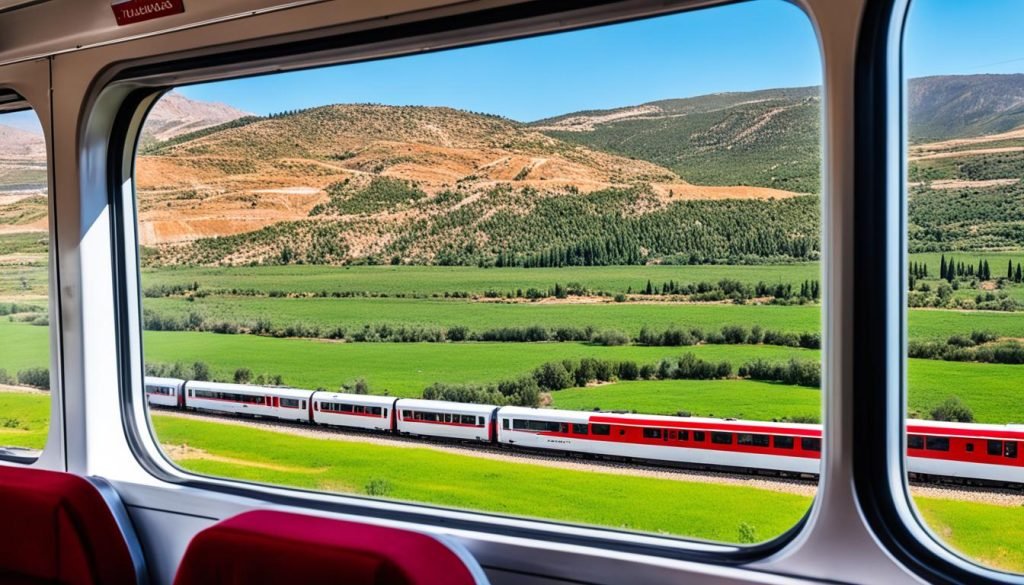
Coasting Through Tunisia: Beaches and Resorts
Tunisia’s coastlines are captivating with their serene waves and vibrant beach life. Every corner offers tranquility and adventure. Let’s explore the most breathtaking spots.
Pristine Shores of Hammamet
Hammamet has golden sands and clear waters. It’s perfect for relaxation and water sports. The coast has cafes and luxury resorts.
Sunsets and Sands at Djerba Island
Djerba Island is known for stunning sunsets and wide beaches. It’s a mix of history and leisure by the sea.
An Idyllic Escape to Sidi Akkour Beach
Sidi Akkour Beach offers seclusion and natural beauty. Away from the crowds, it’s a peaceful getaway with the sound of waves.
Tunisia’s shores offer more than just sunbathing and swimming. They are full of cultural experiences and peace. Here’s a quick overview:
| Location | Attraction | Activities |
|---|---|---|
| Hammamet | Pristine sandy beaches | Watersports, dining, leisure |
| Djerba Island | Historic sites and sunsets | Cultural tours, beach activities |
| Sidi Akkour Beach | Secluded natural setting | Swimming, relaxation |
Tunisia’s beaches, from Hammamet to Sidi Akkour, are unique. They call to travelers for their stories and beauty. There’s something for everyone.
Conclusion
In Tunisia, the ways to travel can fit any adventurer’s dream. You can fly high with TunisAir or drive on broad roads. Or enjoy the ride in a shared taxi called Louages.
The trains, run by SNCFT, let you see the country’s beauty from your seat. The Lezard Rouge train is a special journey. It moves through stunning views.
For sea lovers, driving along the coast or taking ferries is perfect. You get to see beautiful beaches and fun resorts like Hammamet and Djerba.
Tunisia is full of wonders, from old ruins to bright beaches. Every travel option adds something special to your trip. Whether you want to explore, relax, or learn about local life, Tunisia will surprise you.


